Tel Aviv, MINA – Israel is running the largest nuclear facility construction project in recent decades. The project includes an undisclosed center of the atomic weapons program.
Satellite photos analyzed by the Associated Press show an image the size of a football field and possibly several floors underground. It is located just meters from an old reactor at the Shimon Peres Nuclear Research Center in the Negev, near the city of Dimona.
The facility is already home to a decades-old underground laboratory. The lab reprocesses disused reactor rods to produce weapons grade plutonium for Israel’s nuclear bomb program.
Over the decades, the layout of the Dimona facility has remained the same. However, last week, the International Panel on Fissile Materials at Princeton University noted it had seen significant new construction on the site.
Also Read: US Revokes Terrorist Designation for Syrian Hayat Tahrir al-Sham
That result is visible through commercially available satellite photos, although few details can be made. Satellite image taken Monday by Planet Labs Inc. provide the clearest view of the activity.
Planet Labs images show excavation near the reactor began in early 2019 and has been progressing slowly since then. Until now, clear details about the purpose of the construction were still unclear. The Israeli government has yet to comment on the findings of the secret construction.
Washington-based Arms Control Association executive director Daryl G. Kimball said Israel may want to produce more tritium, a relatively fast-decaying radioactive byproduct used to increase the explosive yield of multiple nuclear warheads. Tel Aviv may also want fresh plutonium to replace or extend the life of warheads already in Israel’s nuclear arsenal.
The government of Israeli Prime Minister Benjamin Netanyahu has received pressure from experts for Israel to publicly announce the details of its nuclear program.
Also Read: Israeli Airstrikes Hit Western Yemen Amid Rising Tensions
“The Israeli government is doing in this secret nuclear weapons plant is something the Israeli government should disclose,” said Kimball.
Prior to this project, Israel had secretly started building a nuclear site with French help in the late 1950s in the deserted desert near Dimona, a city some 90 kilometers south of Jerusalem. The government hid the site’s military objectives for years from the United States, even calling it a textile factory for years.
In the 1960s, Israel used Egypt’s missile and nuclear threat claims to divert attention from building the Dimona. Observers assess, it is not impossible that this tactic is used today, using the Iran issue.
“If you are Israel and you want to do a big project in Dimona that will certainly attract attention, maybe this is the time you shout the loudest about Iran,” said Jeffrey Lewis, a professor who teaches nuclear nonproliferation issues at the Middlebury Institute of International Studies in Monterey, US.
Also Read: Turkiye Denies $393.7 Million Export Claims to Israel, Calls Reports ‘Disinformation’
In addition, Israel has a policy of nuclear ambiguity, by neither condoning nor denying possession of atomic weapons. Israel is also among four countries that have never joined the Nonproliferation Treaty (NPT), which is an international treaty to stop developing nuclear weapons.
With plutonium being produced from the Dimona reactor, Israel is widely believed to be one of the nine nuclear-armed nations in the world. Given the secrecy surrounding his program, it remains unclear how many weapons he has.
Analysts estimate Israel has the ingredients for at least 80 nuclear bombs. The weapons are likely to be launched with ground ballistic missiles, fighter jets or submarines.
Israel has built up its nuclear weapons since it was founded in 1948. The atomic weapons program, although not declared, gives it the edge to fend off enemies. (T/RE1)
Also Read: Turkish and Iranian Presidents Meet in Azerbaijan
Mi’raj News Agency (MINA)





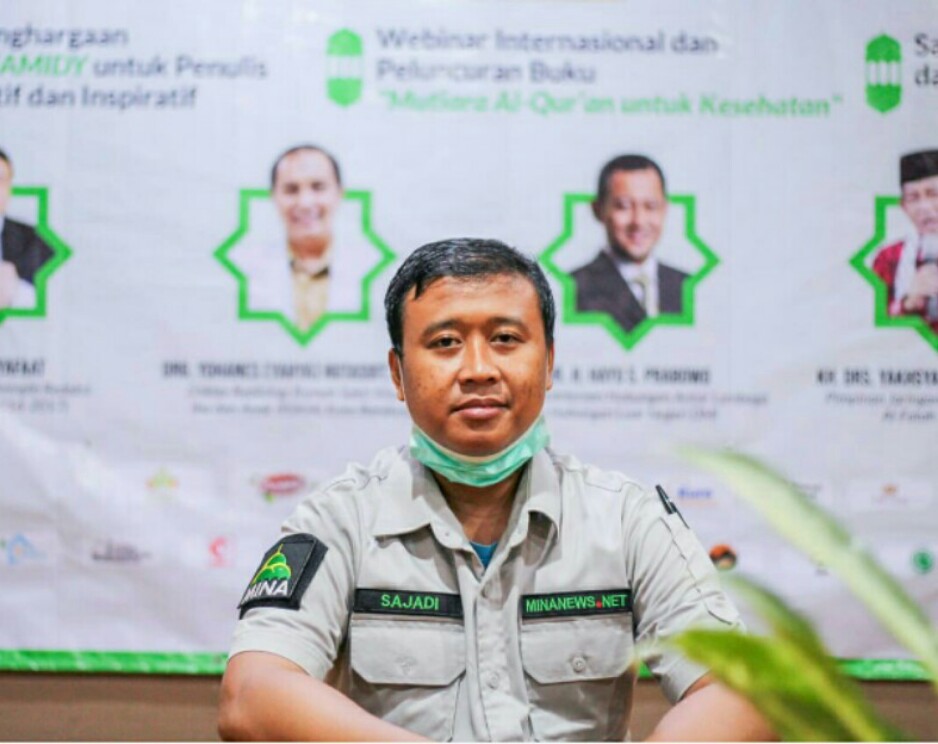
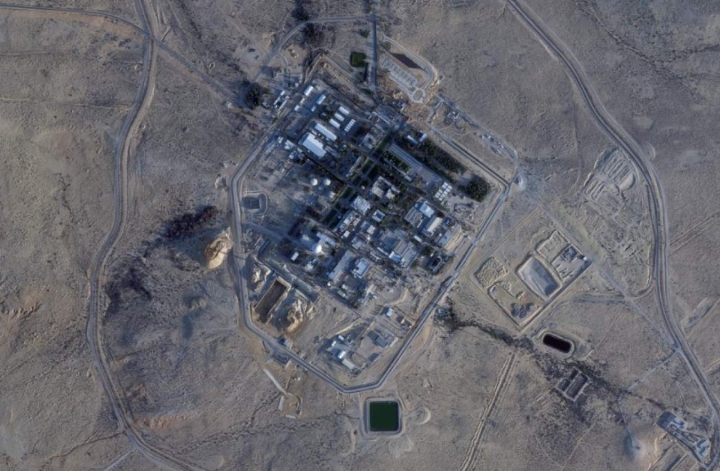

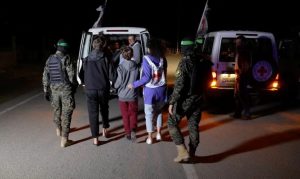

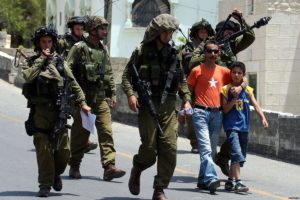
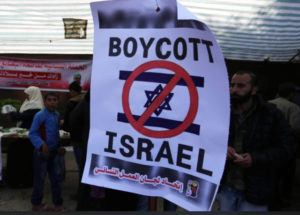
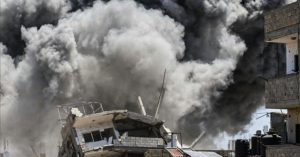
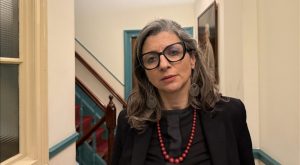

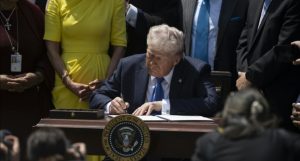


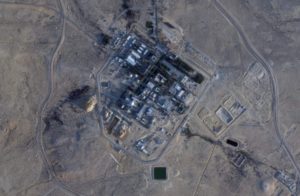


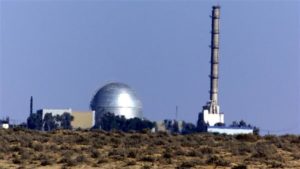





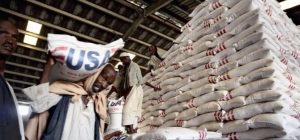

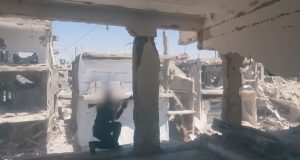
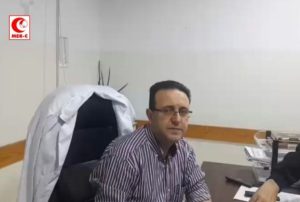


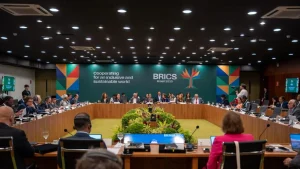



 Mina Indonesia
Mina Indonesia Mina Arabic
Mina Arabic